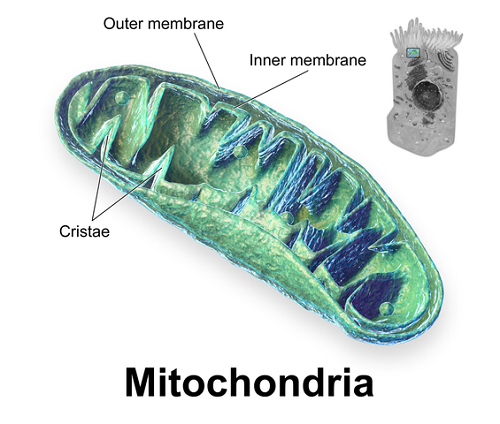
Mitochondria
The Mitochondrion (singular form of mitochondria) is often described as the powerhouse of the cell. Mitochondria are organelles that are essential in the production of adenosine triphosphate (ATP) which is important for storing the energy of a cell.
Mitochondria are enclosed by multiple membranes and play a role in several processes including the citric acid cycle and electron transport which both lead to the production of ATP. Mitochondria also have their own genome that is separate from the nuclear genome of the cell.
Origin of Mitochondria
The primary hypothesis regarding the origin of mitochondria is that, at some point in the past, a nucleated cell engulfed a prokaryote in a process known as endosymbiosis where two organisms become conjoined into one organism. Over time, the two organisms came to rely on each other. The host cell became dependent on the enjoined prokaryote for energy and the prokaryote became dependent on the host cell for protection.
Lines of evidence consistent with this hypothesis include their multiple membranes, the fact that mitochondria possess their own genome, and that they replicate in a process independent of the replication of the host cell. Their self-replication is based on the cell’s energy requirements rather than being necessarily timed with the division of the cell. If the cell needs more energy, the mitochondria will divide to create more mitochondria until the cell’s energy requirements are met. Mitochondria are also genetically very similar to modern day prokaryotes, further suggesting a shared evolutionary lineage.
Structure and Function of Mitochondria
The mitochondrion has several sections. It has a porous outer membrane through which ions, molecules, and small proteins can pass. Between the outer membrane and inner membrane is an open region known as intermembrane space. The inner membrane is less porous and more tightly bound preventing most molecules or particles from getting through. The proteins making up the inner membrane are important in the production of ATP and electron transport. Inside the inner membrane is the mitochondrial complex where electrons are produced through the citric acid cycle and enter the inner membrane.
ATP and Electron Transport
Electrons that are produced in the citric acid cycle enter the inner membrane where they will travel from protein to protein. In this process, protons will be pushed from the inner membrane into intermembrane space which is important in the final synthesis of ATP.
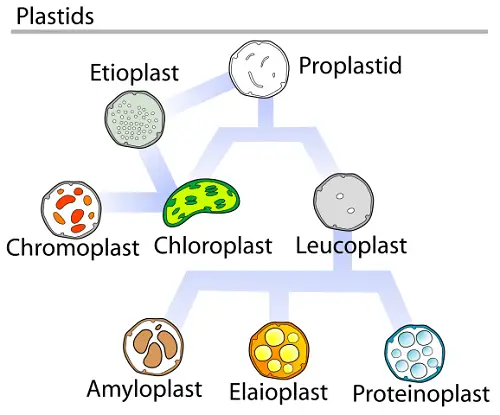
Plastids
Plastids are organelles that occur mainly in the cells of plants. They can have multiple membranes and are responsible for functions including photosynthesis as well as starch and pigment storage in plants. Plastids are one of the main features distinguishing animal cells from plant cells.
Origin of Plastids
The current hypothesis regarding the origin of plastids is that the original plastid was an autotrophic prokaryote, such as a cyanobacterium, that was engulfed by a heterotrophic eukaryote. Once the eukaryote swallowed the prokaryote, the latter microorganism was reduced to one of the organelles of the eukaryote. Since the engulfed cell was autotrophic, the eukaryotic host could now become autotrophic, being sustained by the autotrophic cell it had subsumed. Furthermore, there is also evidence that plastids possess their own DNA that is at least partially distinct from the DNA in the cell nucleus.
Formation of Plastids
All plastids originate as proplastids which are undifferentiated, nondescript organelles in the meristem cells of plants. When the meristem cells divide to become more specialized cells, the proplastids will also divide and the resulting plastids will become different types of plastids depending on what type of cell the meristem cell daughters become.
Types of Plastids
The most common type of plastid is the chloroplast which contains chlorophyll which is responsible for photosynthesis as well as the green color in plants. Chloroplasts are responsible for taking sunlight and carbon and essentially converting them into food for the plant. Other plastids are responsible for storing starch or fat. Some plastids called chromoplasts contain pigments that determine the color of plants. Chloroplasts are also chromoplasts since they contain what is technically a green pigment. Still other plastids are responsible for roles such as detecting the direction of gravity so that the plants will grow in the proper direction.
Similarities between Plastids and Mitochondria
Both plastids and mitochondria are organelles with multiple membranes which carry out vital functions of a cell such as photosynthesis and ATP production. They are also both believed to have formed due to endosymbiosis, one organism being engulfed by another organism. Furthermore, they both possess their own DNA that is distinct from the DNA in the cell nucleus.
Differences between Plastids and Mitochondria
Although there are many similarities between plastids and mitochondria, there are also some differences. These differences include the following.
- Mitochondria always have the same function within any given cell, production of ATP. Plastids, on the other hand, can have a variety of functions depending on the cell in which they are located.
- Mitochondria occur in animal cells. Plastids occur in plant cells as well as the cells of some photosynthetic unicellular eukaryotes.
Mitochondria vs. Plastids

Summary
Mitochondria represent the powerhouses of cells. They are responsible for the production of adenosine triphosphate which is important for storing the cell’s energy. They are organelles consisting of multiple membranes that can replicate depending on how much energy the cell requires.
Mitochondria are believed to have their origin in endosymbiosis when a eukaryotic cell engulfed a prokaryotic cell causing the latter organism to become incorporated into the former, eukaryotic organism as an organelle.
Plastids are double-membraned organelles in plant cells that are responsible for multiple functions including photosynthesis and pigment storage. They probably originated via endosymbiosis like mitochondria.
Furthermore, there is evidence that plastids also possess DNA that is distinct from the nuclear DNA of their host cell. Although mitochondria and plastids have a similar origin and structure, they are different in several ways, Mitochondria always have the same function within a given cell whereas the function of a plastid can vary depending on the cell of which it is a part.
Additionally, mitochondria occur in animal cells whereas plastids occur in plant cells and in photosynthetic unicellular eukaryotes.
Author: Caleb Strom
Caleb Strom has a B.SC. in earth science from the University of California San Diego and is currently a graduate student in geological sciences at California State Polytechnic University Pomona. He has done scientific research in planetary science at the Scripps Institution of Oceanography and astrophysics at the Center for Astrophysics and Space Science at UC San Diego.

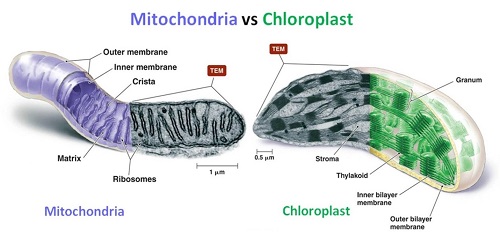


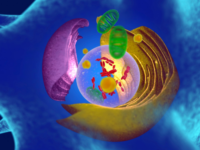
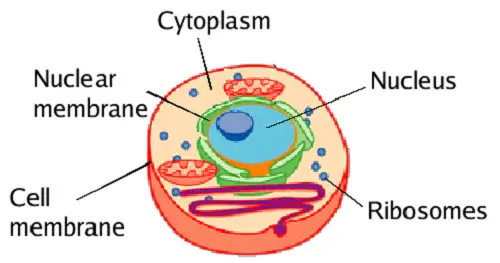






Leave a Reply